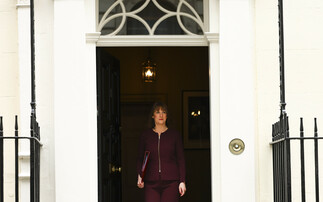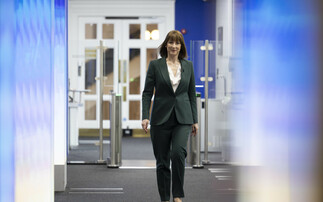UK GDP growth remains "lacklustre but reasonably resilient", according to investment commentators, after the Office for National Statistics revealed UK GDP had grown 0.5% in Q4 2015, up from 0.4% in the previous quarter.
In preliminary estimates released this morning UK growth for 2015 as a whole was 2.2%, down from 2.9% growth in 2014 and the weakest annual figure in nearly three years.
However the UK economy was 1.9% higher in Q4 compared with the same quarter a year ago and higher than Q3 2015, in line with analyst estimates.
Ben Brettel, senior economist at Hargreaves Lansdown, said: "The bigger picture is that growth remain lacklustre, but reasonably resilient. A slowdown in emerging markets combined with increased uncertainty in global financial markets was bound to weigh on growth, but the domestic economy remains in reasonable health despite these headwinds.
"As recently as November the Office for Budget Responsibility had forecast that the UK economy would grow 2.4% in 2015, but it soon became clear that forecast would be missed. Last week's poor retail sales - down 1% in December compared with 2014, further fuelled speculation that today's number would disappoint."
While the UK's dominant services sector increased by 0.7% and agriculture grew by 0.6% over Q4, production decreased by 0.2% and construction decreased by 0.1%. Brettel said this could prompt concerns that the UK economy's reliance on the services sector is increasing further.
Russ Mould, investment director at A J Bell, said the year-on-year slowdown will create concerns for Chancellor George Osborne and Bank of England governor Mark Carney (pictured).
"The loss of momentum is in-keeping with the financial markets' gathering fears of another global economic slowdown and also means it is highly unlikely that Carney will be pulling the trigger on an interest rate any time soon.
Similarly, Vicky Redwood, chief UK economist at Capital Economics, said today's figures mean growth still is not strong enough to meet Carney's conditions for raising interest rates. This follows Carney's admission earlier this week that the Bank was "some way off" raising interest rates.
Redwood said: "The preliminary estimate of UK GDP in Q4 confirms that the recovery ended last year on a slightly lacklustre note. Of course, the preliminary figure is highly prone to revision, but it was broadly in line with what the Markit/CIPS surveys had suggested.
She added that the economy faces a number of headwinds this year, potentially including the EU referendum and rising inflation and interest rates.
"So we doubt we will see a strong pick-up in growth this year. Nonetheless, we do not expect a further slowdown either. And we are still more optimistic than most about the prospects for growth next year."
Adrian Owens, investment director at GAM, said the UK market is not currently pricing in enough of eventual rate hikes in the UK.
"Concerns over China and global growth have led to quite extreme conditions in the UK rates market," he said. "Toward the year end the market is actually pricing in a small cut in UK interest rates.
"The first rate hike is not priced in until November 2017. While the Bank probably will not hike this year, once they start hiking next year I would expect more than one move."
"On the long end, 10-year gilts are looking very rich compared to treasuries. And if we were to see even more heightened concerns about the EU referendum, 10-year gilts may come under particular pressure.
"We have already seen some knock-on effects from concerns over a UK exit on the pound. At this point, the sterling is probably looking a little bit oversold against the euro. Having said that, clearly there is a big shadow hanging over the pound and caution may be warranted."













